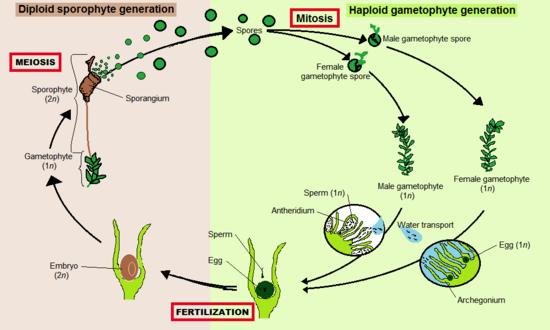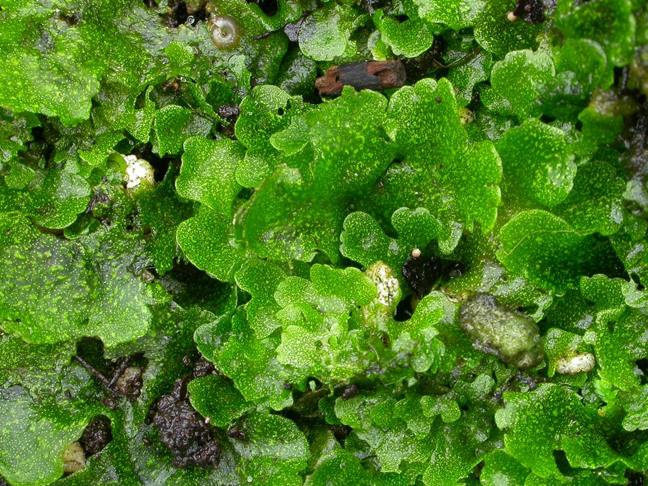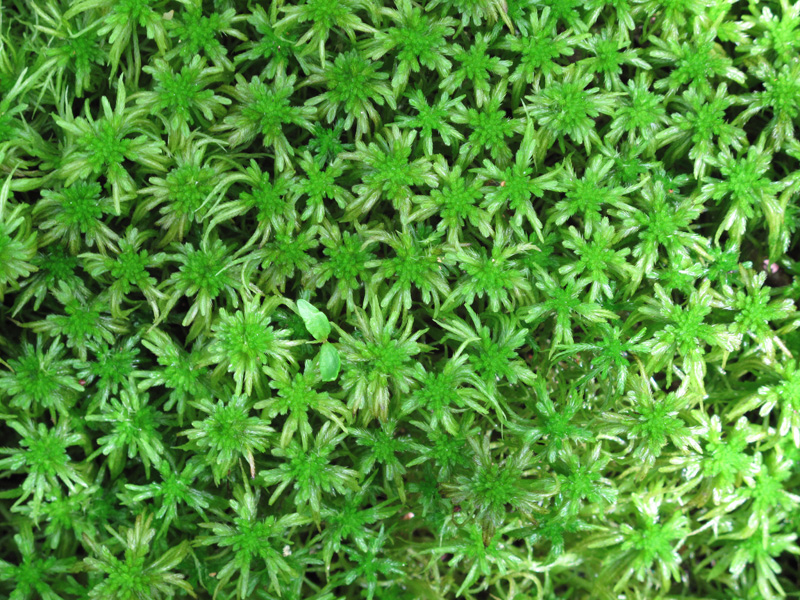Bryophytes – Introduction
Bryophytes grow in moist shaded hill places. It includes the various mosses and liverworts. Bryophytes can live in soil and these are dependent on water for sexual reproduction. These plants are present in damp, humid and shaded places. In plant succession on bare rocks/soil, bryophytes play an important role. Bryophytes plant body is more differentiated from algae. The plant body is thallus-like and prostrate or erect and attached to the substratum by unicellular or multicellular rhizoids. Generally, bryophytes lack true roots, stem or leaves.
Reproduction of Bryophytes
Bryophytes plant body is haploid and it produces gametes, therefore, it is called a gametophyte. The sex organ is called antheridium. They produce biflagellate antherozoids. The flask-shaped female sex organ called archegonia and produces a single egg. The antherozoids are released into the water when they come in contact with archegonium. The zygote is produced by the fusion of antherozoid with the egg. Zygotes produce multicellular body is called a sporophyte. The sporophyte is attached to the photosynthetic gametophyte and derives nourishment from it. Few sporophyte undergoes reduction division (meiosis) producing haploid spores. Bryophytes are less economic importance but few mosses provide food for herbaceous mammals, birds, and other animals. Sphagnum species (moss) has been used as fuel and packing material. Mosses and Lichens combinations are the first organisms to colonize rocks. Hence these are ecological importance. For the growth of higher plants in rocks, mosses and lichens decompose the rocks and convert it into the substrate which is suitable and also prevent the soil erosion. The bryophytes are divided as liverworts and mosses.

Liverworts
The liverworts are growing in moist, shady habitats such as banks of streams, marshy ground, the bark of trees and deep in the woods. In Marchantia (liverwort) thalloid is the plant body.
Asexual reproduction in liverworts takes place by fragmentation of thalli, or by the formation of specialized structures called gemmae. It is green, multicellular, asexual buds. This is developing as small receptacles called gemma cups located on the thalli. From the parent, body gemmae detached and germinate to form new individuals. In sexual reproduction, male and female sex organs are produced either on the same or on different thalli. It is differentiated into a foot, seta and capsule. Spores are produced within the capsule after the meiosis. These spores are developing into free-living gametophytes.

Mosses
Gametophyte in moss is the dominant stage in its life cycle. It is consisting of two stages
- protonema stage (it is directly developed from a spore)
- leafy stage (develops from the secondary protonema as a lateral bud)
Leaves are attached to the soil through branched rhizoids that are multicellular and this stage is bearing the sex organs. Vegetative reproduction in mosses is by fragmentation and budding, antheridia and archegonia are the sex organs which are produced at the apex of the leafy shoots. The zygote develops into a sporophyte after fertilization and it is consisting of foot, seta and capsule. In mosses, the spores are formed after meiosis. E.g. Polytrichum, Funaria and sphagnum.

Subject: Biology (4253)
Important MCQs Based on Medical Entrance Examinations To Improve Your NEET Score
18000+ students are using NEETLab to improve their score. What about you?
Solve Previous Year MCQs, Mock Tests, Topicwise Practice Tests, Identify Weak Topics, Formula Flash cards and much more is available in NEETLab Android App to improve your NEET score.
Share this page with your friends

Leave a Reply